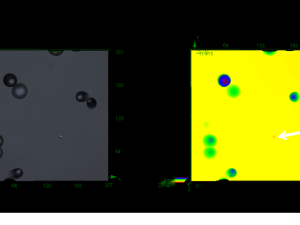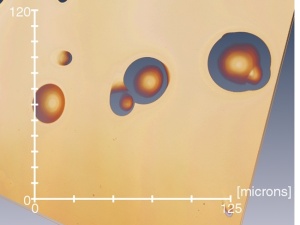High-Throughput Inertial Focusing of Micrometer- and Sub-Micrometer-Sized Particles Separation
Abstract
The ability to study individual bacteria or subcellular organelles using inertial microfluidics is still nascent. This is due, in no small part, to the significant challenges associated with concentrating and separating specific sizes of micrometer and sub-micrometer bioparticles in a microfluidic format. In this study, using a rigid polymeric microfluidic network with optimized microchannel geometry dimensions, it is demonstrated that 2 µm, and even sub-micrometer, particles can be continuously and accurately focused to stable equilibrium positions. Suspensions have been processed at flow rates up to 1400 µL min−1 in an ultrashort 4 mm working channel length. A wide range of suspension concentrations—from 0.01 to 1 v/v%—have been systematically investigated, with yields greater than 97%, demonstrating the potential of this technology for large-scale implementation. Additionally, the ability of this chip to separate micrometer- and sub-micrometer-sized particles and to focus bioparticles (cyanobacteria) has been demonstrated. This study pushes the microfluidic inertial focusing particle range down to sub-micrometer length scales, enabling novel routes for investigation of individual microorganisms and subcellular organelles.
Full open access article:
Source: Preview Image: David Marchal/iStockphoto



